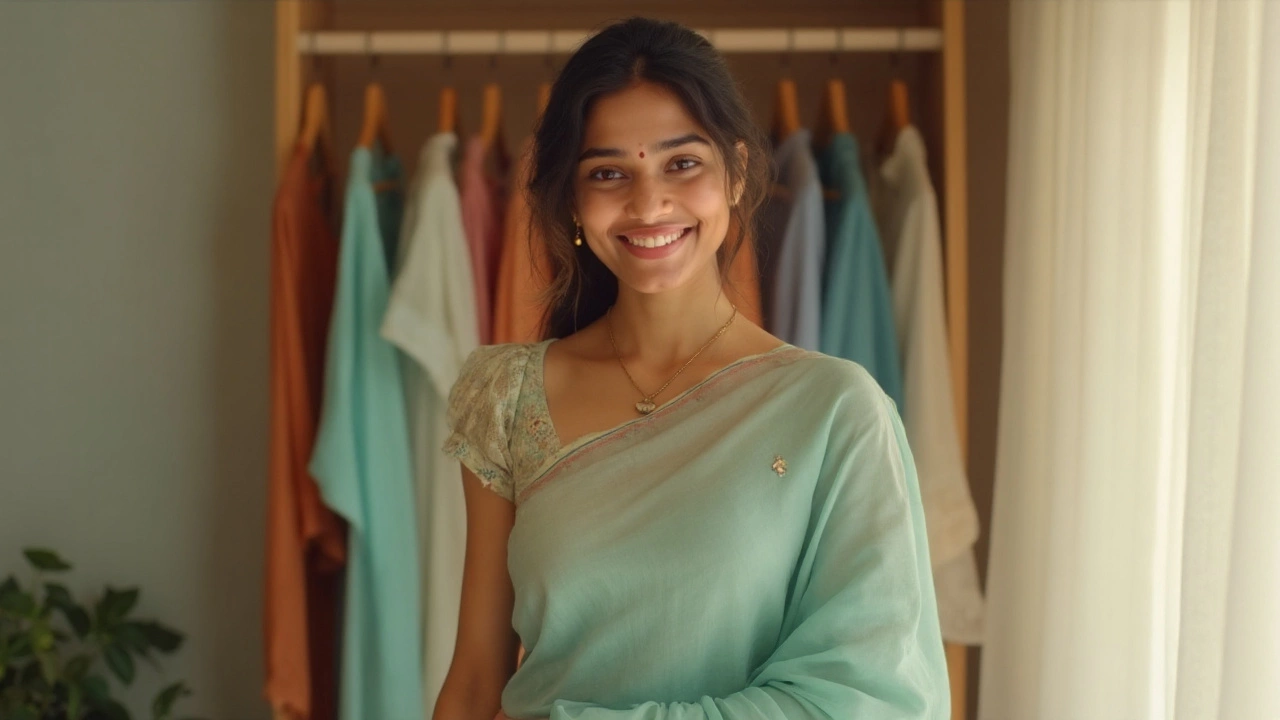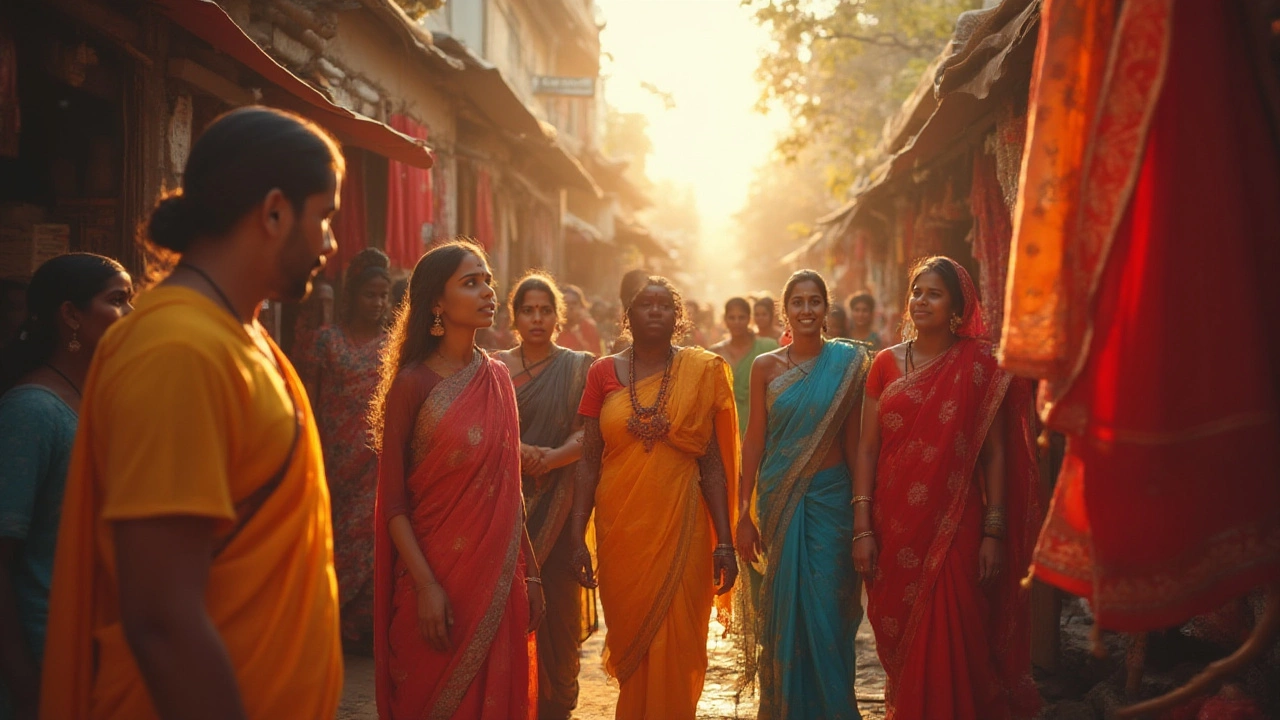Color Psychology in Fashion: What Your Clothes Say About You
Ever wonder why a red dress makes you feel bold or why a blue shirt feels calming? That’s color psychology at work. It’s not magic, just the way our brains react to different hues. In fashion, using the right colors can lift your mood, highlight your personality, and even help you make a better impression.
Before you grab the next outfit, think about the feeling you want to create. Are you heading to a job interview and need confidence? Maybe a deep navy or charcoal will give you that professional edge. Planning a night out? Bright reds or electric blues can draw attention and show excitement. The key is matching the emotion you want with the shade you wear.
Why Colors Matter in Your Wardrobe
Colors have three main jobs in clothing: they catch the eye, they send a signal, and they affect how you feel. Warm colors like red, orange, and yellow pump up energy and draw focus. Cool colors like green, blue, and purple calm the mind and blend in more. Neutral tones—black, white, gray, beige—offer balance and let other pieces shine.
Research shows that people form quick judgments based on color. A bright orange top can make you seem approachable, while a sleek black suit often reads as powerful. Knowing these shortcuts helps you pick outfits that support your goals, whether you want to be seen as friendly, authoritative, or creative.
Practical Tips to Use Color Psychology Today
1. Start with a base color you love. Pick a shade you feel good in and build the rest of your outfit around it. If you love navy, add a pop of orange in a tie or scarf for contrast.
2. Use accent colors to guide attention. A bright pocket square or bold shoes can become conversation starters without shouting.
3. Match the setting. For a casual coffee meet‑up, go for soft blues or muted greens that feel relaxed. For a presentation, choose darker, more saturated hues to convey seriousness.
4. Test the mood. Try on a shirt and notice how your posture changes. If you feel a lift, that color likely boosts confidence. If you feel sluggish, it might be too muted for the moment.
5. Keep balance. Too many bright colors can overwhelm. Pair a vivid item with neutrals to keep the look grounded.
Remember, the goal isn’t to wear every color in the rainbow, but to use the right ones at the right time. A simple switch—like swapping a gray blazer for a deep green one—can change how others perceive you and how you carry yourself.
Next time you stand in front of your closet, ask yourself: what mood do I want to create? Then let the colors do the talking. With a bit of awareness, you’ll start choosing outfits that not only look good but also feel right for any occasion.

Top Colors That Make You Look Younger - Fashion Guide 2025

